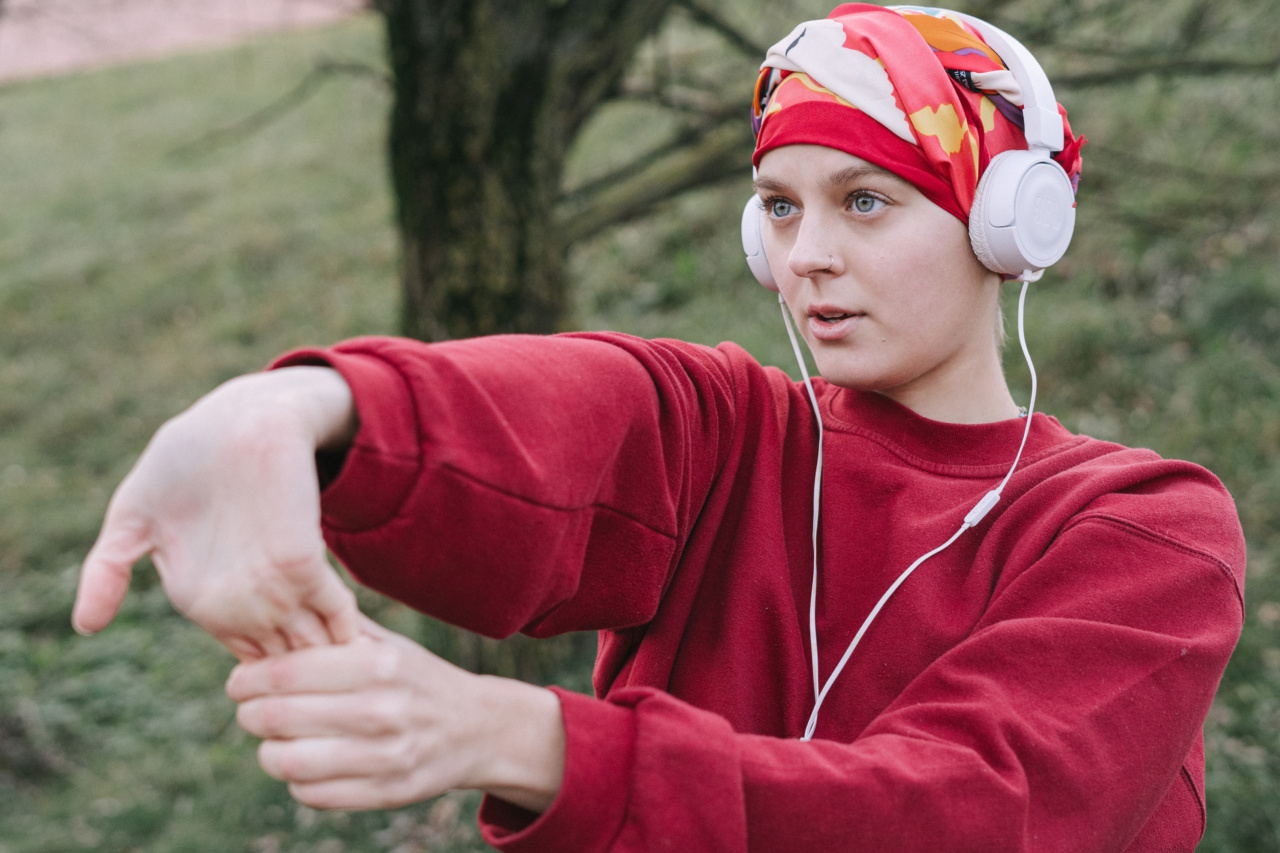Exercise is crucial in maintaining optimal physical and mental health, especially for those with debilitating conditions such as Parkinson’s disease and multiple sclerosis (MS).
Both Parkinson’s disease and MS are chronic and progressive neurological conditions that affect the central nervous system and cause physical and cognitive impairments.
Parkinson’s Disease
Parkinson’s disease affects the substantia nigra, the area in the brain that produces dopamine, a neurotransmitter that controls movement.
The death of dopamine-producing nerve cells in this area leads to tremors, rigidity, slow movements (bradykinesia), and postural instability. Parkinson’s disease also affects cognitive functions such as memory, attention, and decision-making.
There is no cure for Parkinson’s disease, but medication, surgery, and non-pharmacological interventions such as exercise can help manage the symptoms and improve quality of life.
Exercise has been shown to increase dopamine levels, improve mobility, balance, and gait, decrease rigidity, depression, and anxiety, and improve cognitive functioning.
Types of Exercise for Parkinson’s Disease
There are different types of exercise that can benefit people with Parkinson’s disease, such as:.
Aerobic Exercise
Aerobic exercise is any activity that increases heart rate and breathing rate, such as walking, running, cycling, swimming, dancing, or playing tennis.
Aerobic exercise has been shown to improve cardiovascular health, reduce inflammation, and increase neuroplasticity in the brain, which is the brain’s ability to adapt and remodel in response to new experiences or stimulation.
Resistance Training
Resistance training involves using weights, resistance bands, or body weight to strengthen muscles and improve bone density.
Resistance training has been shown to improve muscle strength and endurance, balance, gait, and mobility in people with Parkinson’s disease.
Balance Training
Balance training involves exercises that challenge the body’s ability to maintain balance, such as standing on one leg, walking on a balance beam, or using a balance board.
Balance training can improve balance, gait, and reduce the risk of falls in people with Parkinson’s disease.
Stretching and Flexibility
Stretching and flexibility exercises involve movements that improve range of motion and joint mobility, such as yoga, Pilates, or stretching.
Stretching and flexibility exercises can reduce muscle stiffness, improve posture, and reduce the risk of injury in people with Parkinson’s disease.
Multiple Sclerosis
Multiple sclerosis (MS) is a chronic and progressive neurological condition that affects the myelin sheath, the protective covering of nerve fibers in the brain and spinal cord.
MS causes inflammation, scarring, and damage to the myelin sheath, which leads to a wide range of symptoms such as fatigue, numbness, tingling, weakness, blurred vision, stiffness, and cognitive impairments.
There is no cure for MS, but medication, surgery, and non-pharmacological interventions such as exercise can help manage the symptoms and improve quality of life.
Exercise has been shown to increase neuroplasticity, decrease inflammation, and improve physical and cognitive functioning in people with MS.
Types of Exercise for Multiple Sclerosis
There are different types of exercise that can benefit people with multiple sclerosis, such as:.
Aerobic Exercise
Aerobic exercise is any activity that increases heart rate and breathing rate, such as walking, cycling, swimming, or dancing.
Aerobic exercise has been shown to improve cardiovascular health, reduce inflammation, and increase neuroplasticity in the brain, which is the brain’s ability to adapt and remodel in response to new experiences or stimulation. Aerobic exercise can also improve mood, reduce fatigue, and improve cognitive functioning in people with MS.
Resistance Training
Resistance training involves using weights, resistance bands, or body weight to strengthen muscles and improve bone density. Resistance training has been shown to improve muscle strength and endurance, balance, gait, and mobility in people with MS.
Resistance training can also reduce fatigue and improve mood in people with MS.
Balance Training
Balance training involves exercises that challenge the body’s ability to maintain balance, such as standing on one leg, walking on a balance beam, or using a balance board.
Balance training can improve balance, gait, and reduce the risk of falls in people with MS.
Stretching and Flexibility
Stretching and flexibility exercises involve movements that improve range of motion and joint mobility, such as yoga, Pilates, or stretching.
Stretching and flexibility exercises can reduce muscle stiffness, improve posture, and reduce the risk of injury in people with MS.
Conclusion
Exercise is an essential component of managing Parkinson’s disease and multiple sclerosis.
Different types of exercise, such as aerobic exercise, resistance training, balance training, and stretching and flexibility exercises, can improve physical and cognitive functioning, reduce symptoms, and improve quality of life in people with Parkinson’s disease and multiple sclerosis. However, it is essential to consult with a healthcare professional before starting any exercise program, as they can recommend the best type and intensity of exercise based on individual needs and limitations.




























